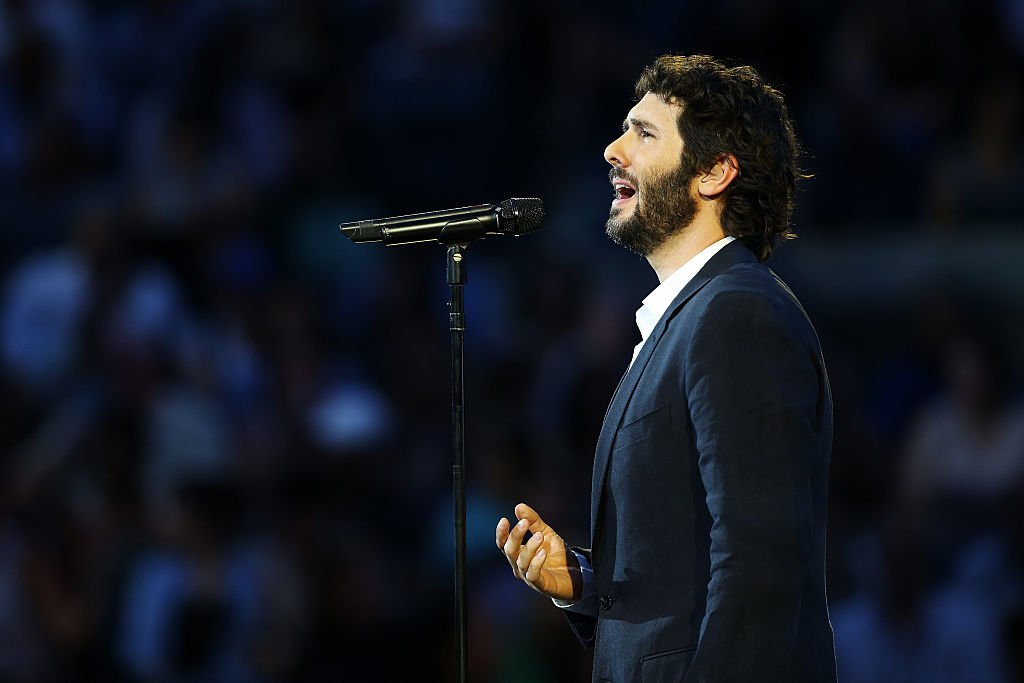
The U.S. Supreme Court declined to resolve a circuit split on substantial similarity tests in copyright law, to the disappointment of the owner of “the best-selling song in Iceland ever.”
Johannsongs-Publishing Ltd. sued songwriter Rolf Lovland and several record companies over the song “You Raise Me Up” written by Lovland in 2001 and popularized by Josh Groban in 2003. It argues that the U.S. Ninth Circuit Court of Appeals’ test for substantial similarity failed to find enough commonalities between “You Raise Me Up” and a 1977 song entitled “Söknuður,” while the Second Circuit’s “ordinary observer” test would have found infringement.
Copyright Infringement Basics
Copyright infringement cases involving music are notoriously tricky. After all, as Ed Sheeran recently said, “There are only so many notes and very few chords used in pop music.” The reigning rule for proving copyright infringement comes from the Supreme Court’s 1991 decision in Feist Publications, Inc. v. Rural Telephone Service Co. Under Feist, a copyright plaintiff must prove that:
- The defendant had access to their work, and
- The defendant’s work is “substantially similar” to protected aspects of the plaintiff’s work.
Thus far, it’s been up to the circuits to figure out how they determine which works are “substantially similar.” Unsurprisingly, the two most common jurisdictions for a copyright lawsuit are New York and California. And while the Second and Ninth circuits’ tests for substantial similarity are … substantially similar, Johannsongs argues that one fails to capture the “soul” of a piece of music.
The Ninth Circuit’s Extrinsic/Intrinsic Analysis
When Ninth Circuit courts examine substantial similarity, they employ two tests known as the “extrinsic” and “intrinsic” tests. The extrinsic test objectively takes stock of protectable elements shared between the two works and often requires expert analysis. If the court finds enough shared protectable elements, it moves on to the intrinsic test, which asks whether an ordinary listener would think the two works were similar.
In Johannsongs’ case, the federal district court relied heavily on expert reports from the defendants, which concluded that any musical similarities between “You Raise Me Up” and “Söknuður” are also found in “Danny Boy,” an Irish folk tune firmly in the public domain. Therefore, the district court granted the defendants’ motion for summary judgment.
On appeal, the Ninth Circuit panel punted on Johannsongs pleas to use a different test, writing that it could only deviate from the extrinsic/intrinsic test if the Supreme Court released an opinion undercutting that theory. So off to the Supreme Court they went, arguing that courts should only apply the standard used by the Second Circuit.
The Second Circuit’s Ordinary Observer Test
Courts in the Second Circuit determine substantial similarity by examining the “total concept and feel” of a copyrighted piece, after filtering out unprotectable similarities like stock plot elements. For example, in Williams v. Crichton, the Second Circuit held that although the plaintiff’s children’s books shared the same setting as Michael Crichton’s “Jurassic Park” (a dinosaur park), the total concept and feel of the two works were very different. “The Jurassic Park works are high-tech horror stories with villainous characters and gruesome bloodshed,” the court wrote. “[T]he Dinosaur World series, by contrast, are adventure stories and, although suspenseful in places, have happy endings.”
While the Ninth Circuit’s test is arguably more involved and generally requires more weigh-in from experts, Johannsongs’ petition to SCOTUS called the circuit’s test “logically flawed.”
“It would make no more sense to attempt to dissect the musical notes of two songs and compare them on paper than it would be to dissect the organs of two deceased people and decide if they were alike,” the label argued. But, it seems SCOTUS is singing a different tune. On April 25, the Supreme Court declined to take up the case without comment.
The Fourth and Eighth Circuits follow the Ninth Circuit’s extrinsic/intrinsic analysis, while the Third, Fifth, and Seventh fall in line with the Second Circuit. Others have gone back and forth or used their own hybrid rules. And, for now, at least, it’s going to stay that way.
